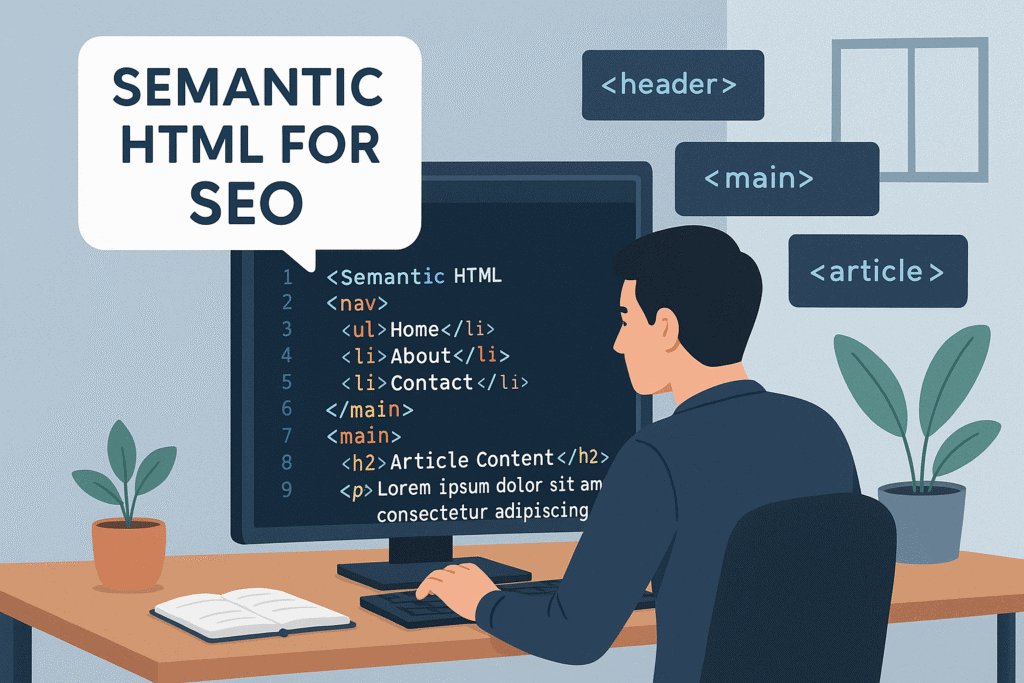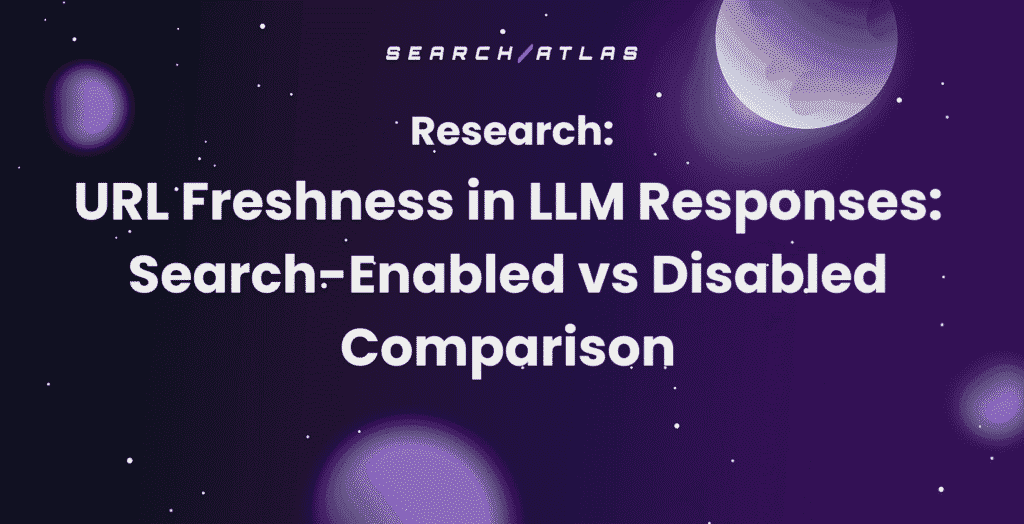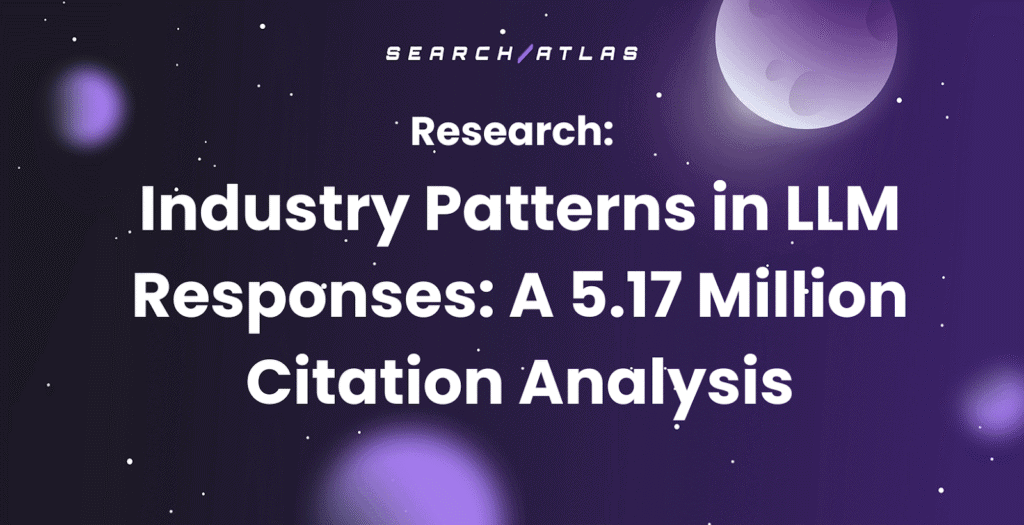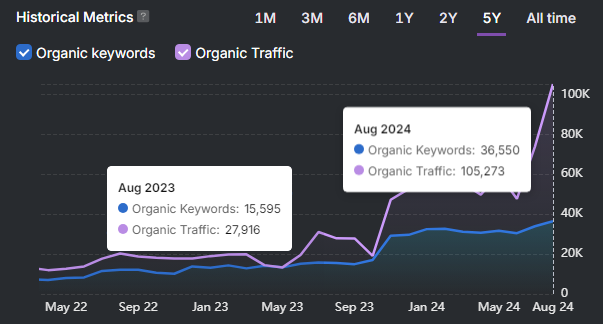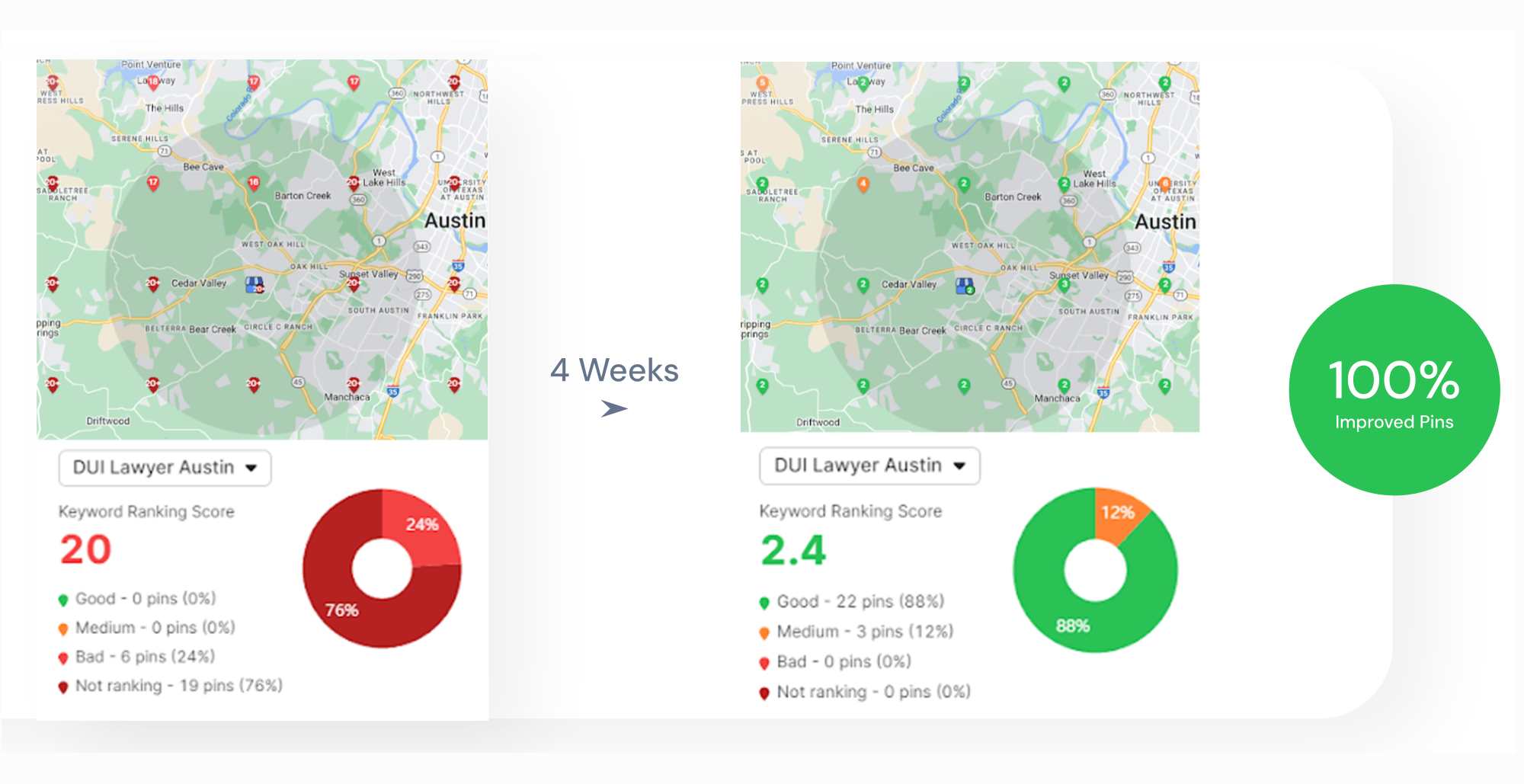Short-form and long-form content both have a place in your digital marketing strategy. Short-form content delivers information quickly and is usually under 1,000 words, while long-form content explores topics in depth. Short-term content is better for attracting attention and top-of-the-funnel tactics, while long-form content helps in lower funnel stages and informs and explains a subject in more detail.
What Is Short-form Content?
Short-form content is content that delivers information quickly and concisely. Audiences consume and understand this content type in brief time periods. Typically, content is considered short if it is under 1,000 words for text or one minute for video content.
Short-form content appears across multiple platforms. Short-form content examples are listed below.
- Instagram Reels
- TikTok clips
- Short blog posts
- Email newsletters
- Infographics
- Linkedin posts
The primary goal centers on message delivery without user overwhelm. Short-form content performs exceptionally well on platforms that cater to quick scrollers. Each piece focuses on immediate consumption and instant understanding.
Short-form content succeeds when it communicates effectively within time constraints. Users appreciate content that respects their limited attention spans while delivering value.

What Is Short-form Content Good For?
Short-form content is good for several key purposes, which are listed below.
- Establishing Regular Contact. It maintains ongoing connections with followers through frequent posts.
- Building Brand Awareness. It introduces audiences to companies, products, or personal brands effectively.
- Simple Creation Process. It requires minimal time investment, and sometimes just one low-effort post creates viral success.
- Low-Cost Production. It often costs little to no money because creators repost memes or recreate existing content for their niche.
- Easy Sharing. It uploads quickly and works on all social media platforms regardless of character or video length limits.
However, short-form content has limits because it provides shallow information depth and does not suit complex topics that need detailed explanation.
What Is Long-Form Content?
Long-form content is in-depth content that provides detailed, comprehensive information on specific topics. This content type requires more time investment from both creators and audiences and is typically longer than 1,000 words.
Examples of long-form content are listed below.
- Blog posts (1,000+ words)
- Case studies
- Webinars
- Podcasts
- White papers
- E-books
- Online courses
- Email newsletters (comprehensive)
- Infographic series
- How-to guides
- Industry reports
Long-form content plays a major role in SEO efforts when creators target specific keywords to rank in search engines. Search engines favor comprehensive resources, so this content drives organic traffic to websites and increases visibility in search results.
Long-form content provides additional strategic benefits. It attracts backlinks from other websites and creates opportunities for repurposed content across different platforms. Long-form blogs are often organized in topic clusters.
Long-form content builds brand awareness effectively and nurtures leads through detailed information that addresses specific pain points. The format increases conversion rates because it establishes authority and trust with audiences who seek comprehensive solutions.
What Is Long-Form Content Good For?
Long-form content is good for several key purposes, which are listed below.
- Building Personal Connection. It creates engaging experiences that feel more personal and meaningful to audiences.
- Better Monetization Opportunities. It meets length requirements for video monetization and provides more room for ads between segments or in blog spaces.
- Comprehensive Explanations. It allows for thorough analysis and detailed breakdowns of complex topics.
- Trust Building. It establishes authority and credibility with audiences through in-depth content.
However, long-form content has limits because it requires a longer time commitment from readers and does not suit audiences with short attention spans. Long-form content requires more content writing and editing resources.
Choosing Between Short- and Long-Form Content
Factors that matter when choosing between short-form and long-form content include your goals, target audience, platform, and competition. We discuss each in more detail below.
Identify Your Goals
Your content goals determine whether short-form or long-form content works better for your strategy. Short-form content excels at building brand awareness, generating quick engagement, and driving immediate social media interactions.
Long-form content serves different purposes because it establishes thought leadership, provides comprehensive education, and builds deeper trust with audiences who seek detailed information.
Choose short-form content when you want to increase followers, create viral moments, or maintain regular visibility across platforms. Select long-form content when you aim to demonstrate expertise, nurture leads through detailed information, or boost Google rankings.
Consider the Target Audience
Your audience preferences and behaviors guide content format decisions because different demographics consume information differently. Younger audiences often prefer short-form content because they browse quickly through social media feeds and have shorter attention spans for digital content. Professional audiences and industry experts typically engage more with long-form content because they seek detailed analysis, comprehensive insights, and thorough explanations of complex topics.
Research your audience’s habits, preferred platforms, and content consumption patterns before choosing formats. Consider how much time your audience dedicates to content consumption and whether they prefer quick updates or deep dives into subjects that matter to them.
Adapt to the Platform
Each platform favors specific content formats and lengths based on user behavior and algorithm preferences.
- TikTok and Instagram Reels prioritize short-form video content because users scroll rapidly through feeds seeking quick entertainment and information.
- LinkedIn supports both formats but tends to favor longer posts and articles because professional audiences expect detailed industry insights and thought leadership content.
- YouTube accommodates both short and long-form videos, but longer content often performs better for monetization and deeper audience engagement.
Check Your Competitors
Competitor analysis reveals content strategies that work within your industry and helps identify opportunities for differentiation. Study what content lengths your competitors use, which formats generate the most engagement, and where gaps exist in their content coverage. The Search Atlas On-Page Audit Tool shows you the average length of blog posts for the top ranking competitors targeting the same keyword.
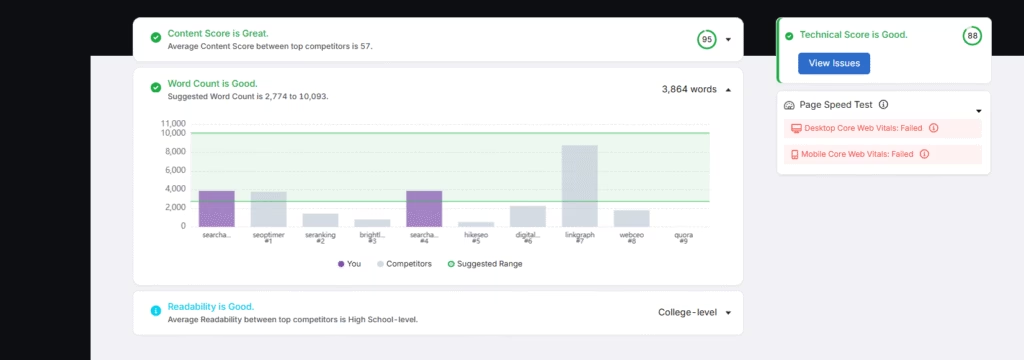
Practice Content Repurposing
Repurposing content means adapting existing material to create fresh versions for different uses. This approach helps creators maximize their original work investment because they transform single comprehensive pieces into various formats that reach diverse audiences and platforms.
Long-form content serves as ideal foundation material for repurposing because it includes numerous main points, thorough explanations, and complete topic coverage. Content creators pull out these components and redesign them into condensed pieces. This method reduces production time and costs, which improves SEO agency profitability. Content repurposing expands content distribution across multiple platforms and audience groups.
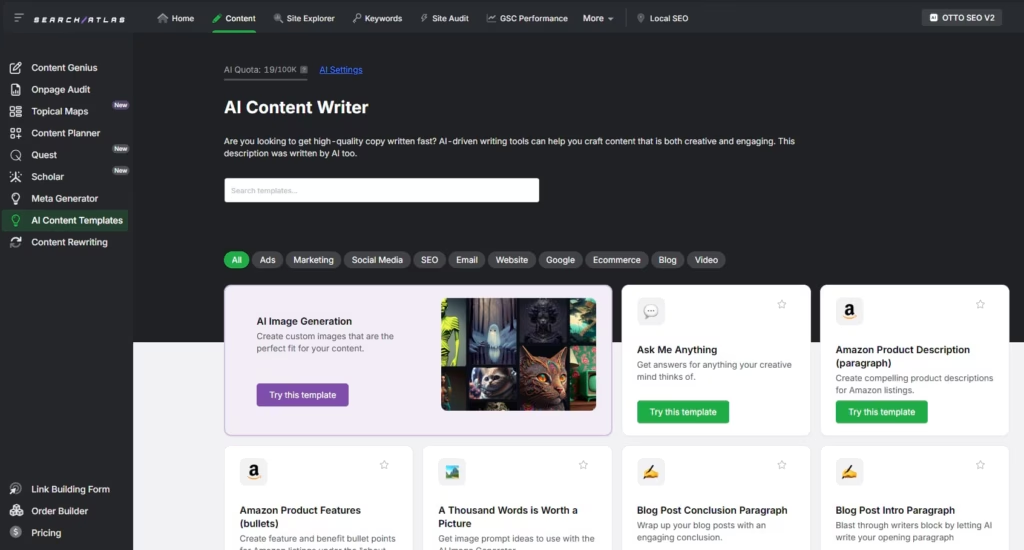
The Search Atlas Content Writer contains over 55 templates for various long and short formats. Some of these formats are listed below.
- Amazon Product Descriptions
- Blog Post Outlines
- Email Subject Lines
- Facebook Ads
- Google Ads
- FAQ Generator
- Listicle
- Review Responder
- Tweets
- Video Script Hook and Introduction
Short-Form vs. Long-Form Content: Create Both With AI Tools
Different content lengths are suitable for different purposes. With AI tools, marketers increase their efficiency in creating content. Search Atlas provides a comprehensive platform with tools that automate content creation and optimization. Start your free trial today and transform your approach to creating content.



